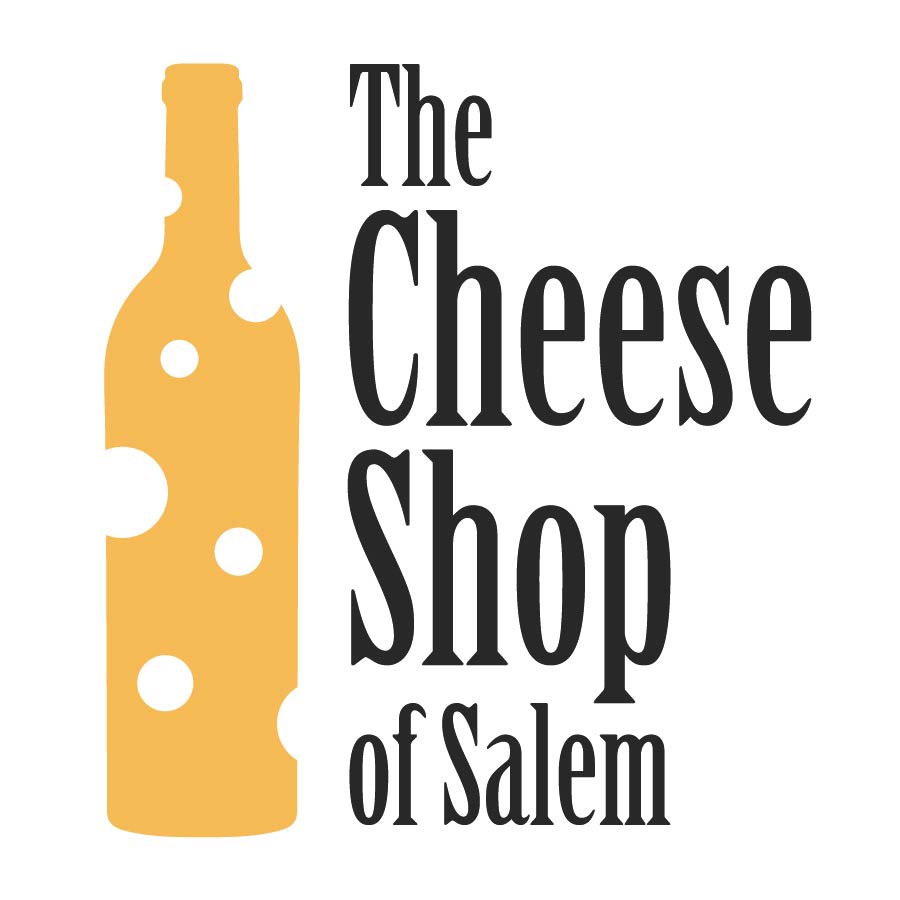Grape Me: Chardonnay
Free tasting | Friday, April 12, 2019 | 5-7PM
Chardonnay is one of those grapes that is so universally planted that everyone has had a bad bottle; but, like actors, we do forgive them for the occasional slip-up (Ben Affleck and Sandra Bullock are notoriously bad movie slip-uppers galore!) and yet still love them. Like Hollywood stars, Chardonnay needs water and sunshine just like you! This sultry and smooth grape is grown worldwide and has so many different styles and tasting notes that saying ‘I don’t like Chardonnay’ is like stating you don’t enjoy movies with Meryl Streep. Still skeptical? Read on and come to this tasting!
Unsurprisingly, Chardonnay’s home turf is Burgundy, France. The first official mention (as Chardonnet) is from between 1685-1680 in the village La Roche-Vineuse, which is actually where one of the wines we’ll be opening is from! Chardonnay is the 2ndmost planted white grape variety in France and is chiefly grown in Burgundy, the Languedoc-Roussillon, and Champagne.
Burgundy and Chardonnay are as timeless of lovers as Jack and Rose (prior to the whole sinking ship thing). But Chardonnay from Burgundy is known for its precision and depth and as piercing as Arya Stark’s deadly Needle. This grape is known for its ability to absorb all of its environmental factors like sunlight, oak barrel nuances, and nutrients from the soil. This is extremely evident in the appellation of Chablis where Chardonnay is legendarily steely and rich. The soil in Chablis is full of Kimmeridgian soil, a unique limestone soil that dates back to the Jurassic period and gives wine from Chablis a flinty, steely backbone.
Moving north to Champagne, Chardonnay is one of three grapes and the only white grape that can be used to make Champagne. Try Blanc de Blanc Champagne, which is from 100% Chardonnay, to experience the lemony and fresh biscuit like notes that this grape produces.
In the 20thcentury, vine plantings of Chardonnay exploded worldwide. This grape is quite easy to grow, produces high yields, and does well in a variety of climates. While Chardonnay grows everywhere in the world, the two places that helped make Chardonnay an everyday grape were Australia and California.
In the 1980’s Australia decided that it wanted to be a major player in the worldwide wine scene, so Australian winemakers across the continent began planting Chardonnay. In 2008, 31,364 hectares of Chardonnay were recorded in Australia. Some large scale wineries produced heavily oaked Chardonnay that had notes of movie theater popcorn plunged into gallons of butter. Not all Chardonnay’s from Australia have these notes and actually, the heavily oaked fad began to reside at the beginning of the 21stcentury. Australian Chardonnay is full of warmth from the plentiful sun and have notes of lemon, crisp apple, and pear.
The glamorous Chardonnay grape fits right in with California. It’s as adaptable as a struggling actor by day and a charming bartender at night. Chardonnay grows all over the state and is known for having sweeter, warmer notes than Burgundian Chardonnay and higher amounts of alcohol. If you like more mineral driven Chardonnay try ones from slightly cooler climates in California like Sonoma.
Chardonnay loves food and company. Pair these with anything from lobster ravioli to potato leek soup! And of course, CHEESE. Check out our line-up below and join us tomorrow for a line-up of the incredibly versatile Chardonnay grape!
Rock on,
Molly
2017 Samuel Billaud Petit Chablis
Who: Samuel Billaud
What: Chardonnay
Where: Burgundy, France
How: Fermentation in steel tanks and aged on fine lees
Farming Method: Organic
Fun Fact: Samuel Billaud comes from a long heritage of winemakers; his family owns Domaine Billaud Simon, who has been making wine in Chablis since 1815! Samuel founded his own winery in 2009.
Tasting Notes: Close your eyes because you’re tasting pure Chablis. Blazing minerality that is so fierce you’ll think of Poseidon’s Trident with fine notes of white flowers and notes of tart lemon curd. To paraphrase The Smith’s: “To die by your side Chablis, would be such a heavenly way to die.”
2015 Woodlands Chardonnay
Who: Brothers Stuart and Andrew Watson
What: Chardonnay
Where: Western Australia but more specifically in the Margaret River wine region
How: This was aged in a mixture of tank and oak barrels
Farming Method: Organic
Fun Fact: One of the vineyards owned by the Watson family is one of the first 5 vineyards to be planted in the Margaret River Wine Region.
Tasting Notes: Luscious and full-bodied with notes of vanilla and peach.
2016 Land of Saints Chardonnay
Who: Angela Osborne, Jason Osborne, and Manuel Cuevas
What: Chardonnay
Where: Central Coast, California in Santa Barbara County
How: Fermented in barrel with 30% aged in French barrique for 13 months
Farming Method: Organic
Fun Fact: There are 526,000 acres of vineyards in California-which is less than 1% of the terrain!
Tasting Notes: A backbone of minerality with notes of butter, vanilla, and dried mandarin oranges
2017 Château de la Greffière, Mâcon La Roche Vineuse
Who: Vincent and Isabelle Greuzard
What: Chardonnay
Where: Burgundy, France
How: This was aged in a mixture of old and new barrels.
Farming Method: the Greuzard’s use organic practices.
Fun Fact: The name of the village, La Roche Vineuse, means ‘vinous rock’ and was named so because of the large pieces of limestone found in the soil!
Tasting Notes: Stony with notes of vanilla and apple.


